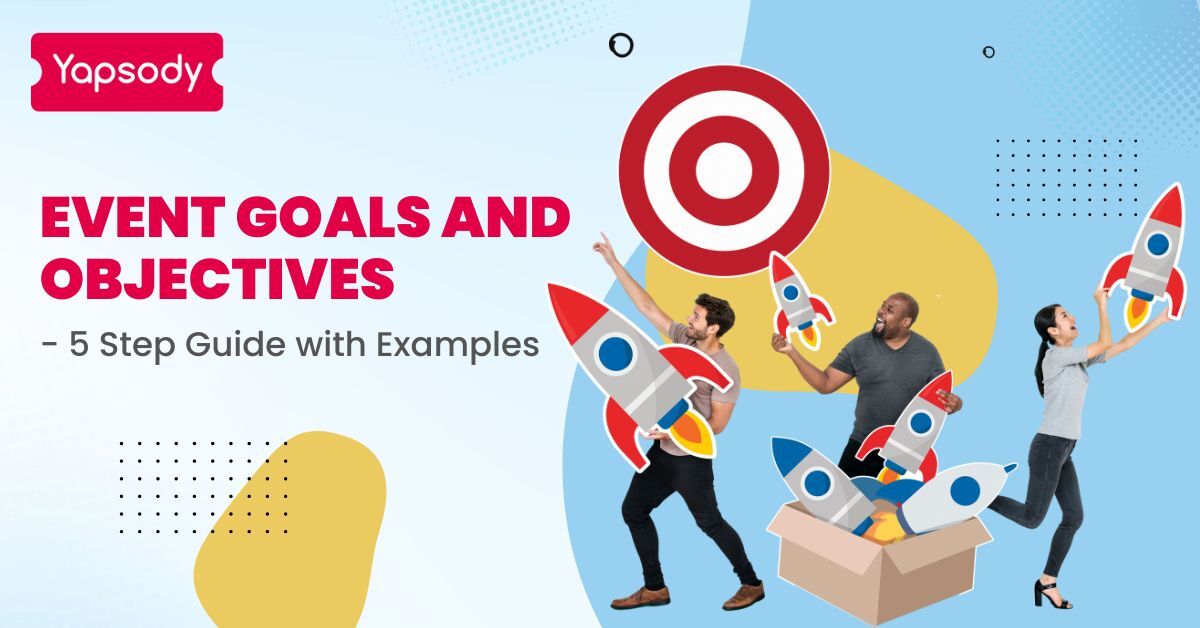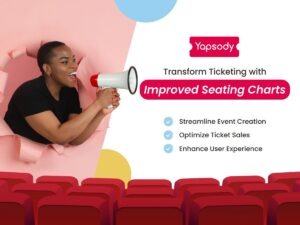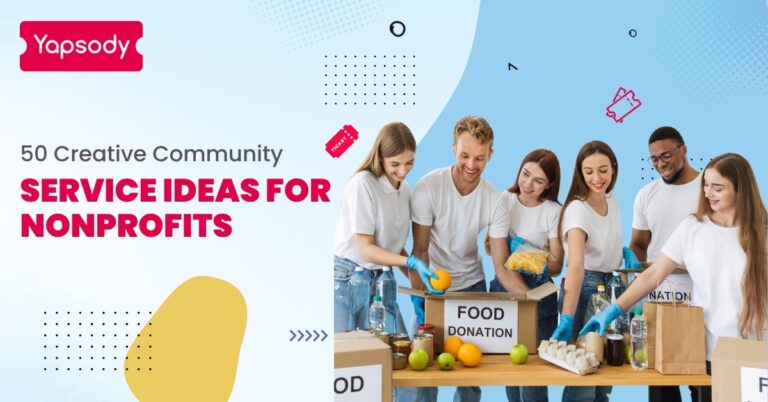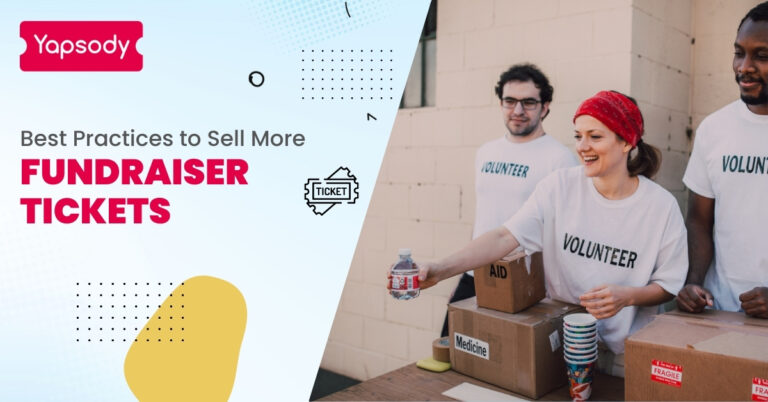Planning an event involves numerous components, but defining clear goals and objectives is fundamental to its success. Goals provide a broad direction, while objectives outline specific, measurable actions to achieve these goals. Here’s a comprehensive five-step guide to help you set and achieve your event goals and objectives, complete with practical examples.
What Are The Events Goals And Objectives?
Step 1: Define Your Event Goals
Goals are broad, overarching outcomes you want to achieve with your event. They should align with your organization’s mission and long-term plans. Ask yourself what you ultimately want to accomplish.
Examples:
- Increase brand awareness
- Generate leads and sales
- Educate or inform attendees
- Foster community engagement
- Raise funds for a cause
Example Goal: Increase brand awareness for our new product line.
Step 2: Set Specific Objectives
Objectives are precise, measurable actions that lead to the achievement of your broader goals. They should be SMART: Specific, Measurable, Achievable, Relevant, and Time-bound.
Example Objectives:
Specific: Obtain 500 new social media followers during the event.
Measurable: Achieve a 30% increase in email sign-ups.
Achievable: Secure 20 media mentions in industry-related publications.
Relevant: Conduct 10 product demonstrations.
Time-bound: Complete these objectives by the end of the event.
Example Objective: Gain 500 new social media followers within one week after the event.
Step 3: Develop a Plan of Action
Detail the steps necessary to accomplish your objectives. This involves assigning tasks, setting deadlines, and allocating resources.
Action Plan Example:
Pre-Event Marketing: Launch a social media campaign one month before the event to build anticipation and encourage follower growth.
Engage Influencers: Partner with industry influencers to promote the event and product demonstrations.
On-Site Activities: Set up a booth for live product demonstrations and have a team member manage social media posts during the event.
Follow-Up Campaign: Send a thank-you email to attendees with a call-to-action to follow your social media channels.
Step 4: Monitor and Adjust
Track your progress regularly. Use tools and metrics to measure how well you are achieving your objectives. Be prepared to adjust your strategies as needed based on real-time feedback and results.
Monitoring Example:
- Social Media Metrics: Use analytics tools to monitor follower growth and engagement rates.
- Email Campaign Performance: Track open and click-through rates to assess the effectiveness of your email marketing.
- Media Coverage: Keep a tally of media mentions and measure their impact.
- Adjustment Example: If social media follower growth is slow, increase engagement efforts by running a live event contest or giveaway to boost participation.
Step 5: Evaluate and Reflect
After the event, review the outcomes compared to your objectives. Analyze what worked, what didn’t, and why. Use these insights to improve future events.
Evaluation Example:
Compare Results: Measure the actual social media followers gained against the 500-follower objective.
Gather Feedback: Conduct surveys or interviews with attendees to gather qualitative data.
Review Metrics: Analyze data from email sign-ups, media mentions, and on-site engagement activities.
Reflection Example: If the objective of gaining 500 new followers was exceeded, identify the most effective tactics. If not met, understand the barriers and consider alternative strategies for future events.
What are the Benefits of Event Planning Goals and Objectives?
Setting clear goals and objectives is a fundamental aspect of successful event planning. These guiding principles offer numerous benefits, ensuring that the event meets its purpose and delivers value to all stakeholders. Here are some key benefits:
1. Direction and Focus
Clear Vision: Establishing goals and objectives provides a clear vision for the event. It helps organizers understand what they are working towards and ensures that all efforts are aligned with this vision.
Prioritization: Goals and objectives help prioritize tasks and resources. By knowing what is most important, planners can allocate time, budget, and manpower more effectively.
Consistency: Consistency in decision-making is easier to maintain when everyone understands the primary goals and objectives. This helps in making choices that align with the event’s purpose.
2. Measurable Success
Performance Metrics: Objectives offer specific, measurable targets. These metrics allow organizers to assess whether the event met its goals, providing concrete data for evaluation.
Continuous Improvement: By measuring success against predefined objectives, organizers can identify what worked well and what didn’t. This feedback is invaluable for planning future events.
Accountability: Clear objectives create accountability among the event planning team. Each member understands their responsibilities and can be evaluated based on their contribution to the event’s success.
3. Enhanced Planning and Execution
Strategic Planning: Goals and objectives facilitate strategic planning, ensuring that every aspect of the event is designed to achieve the desired outcomes.
Resource Management: Efficient use of resources is crucial for any event. With clear objectives, planners can better manage their budget, time, and human resources.
Risk Management: Knowing the goals helps in identifying potential risks and challenges that might hinder achieving them, allowing for proactive risk management and contingency planning.
4. Improved Stakeholder Communication
Unified Messaging: Goals and objectives provide a unified message to all stakeholders, including sponsors, attendees, and team members. This ensures that everyone is on the same page regarding the event’s purpose and expectations.
Engagement and Buy-In: Clear goals can increase engagement and buy-in from stakeholders. When stakeholders understand the objectives, they are more likely to support and contribute to the event’s success.
Transparency: Transparent goals and objectives foster trust among stakeholders by clearly communicating what the event aims to achieve and how success will be measured.
5. Increased Attendee Satisfaction
Relevant Content: Goals focused on attendee needs ensure that the event content is relevant and valuable, enhancing the overall experience.
Expectation Management: Setting clear objectives helps manage attendee expectations, ensuring that they know what to anticipate from the event.
Engagement Opportunities: Well-defined goals can lead to better engagement opportunities, such as interactive sessions or networking events that align with attendee interests.
6. Stronger Marketing and Promotion
Targeted Campaigns: Goals and objectives help in creating targeted marketing campaigns. Knowing the desired outcomes allows for more precise and effective promotion strategies.
Clear Messaging: Marketing messages can be tailored to highlight how the event will achieve its goals, making the event more attractive to potential attendees and sponsors.
Brand Alignment: Ensuring that marketing efforts align with the event’s goals enhances brand consistency and reinforces the overall mission and vision of the organization.
Conclusion
Setting clear goals and objectives is crucial for the success of any event. By following this five-step guide—defining goals, setting specific objectives, developing a plan of action, monitoring progress, and evaluating outcomes—you can ensure that your event not only meets its immediate targets but also contributes to your broader organizational aims. With careful planning and execution, your events can become powerful tools for achieving your business goals. Register your event with Yapsody and start selling tickets for your events now! Connect with us to unlock the special offers for listing your events on Yapsody today!









